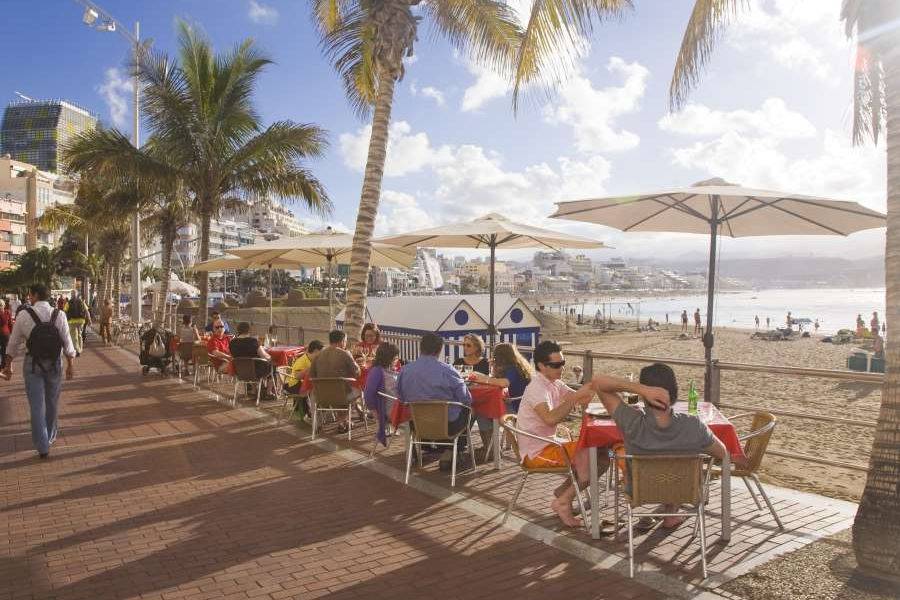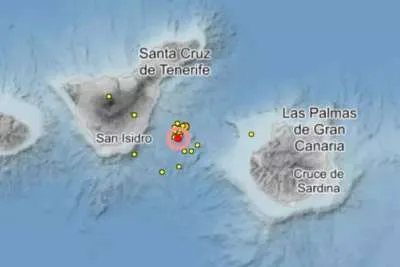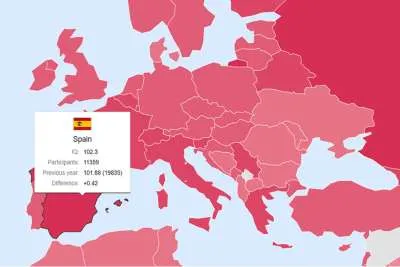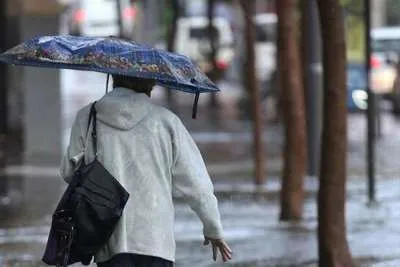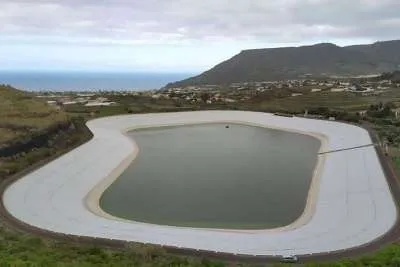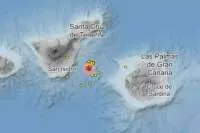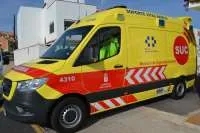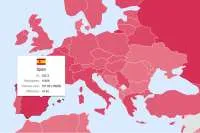Why have active cases in the Canary Islands dropped by 80% in 24 hours?
- 15-02-2022
- Health
- Canarian Weekly
Active cases of Covid in the Canary Islands have been reduced by 87,346 (82%) in just one day, due to an update in the epidemiological records of thousands of people already discharged over the last week. On Sunday, the update from the Ministry of Health showed 105,816 active cases in the archipelago, which has now dropped to 18,470.
According to news agency Efe, the Ministry of Health have specified that it is not that 80% of Covid patients in the Canary Islands have been discharged in the last 24 hours, but that the system couldn’t keep up with the volume of patients due to the huge number of cases due to Omicron.
They have confirmed that the cases have been registered correctly upon testing positive, which is why the 105,000 number is correct, but as the numbers have slowed down recently with the downward trend, they have effectively ‘caught up’ and the ReVEca database that records everything, has had a mass update of patients that have completed their period of isolation, but had not been recorded in the official statistics.
Although they know this is open to criticism, they are defending it because the volume of infections overwhelmed the system and forced them to prioritize other parameters with more impact on the organization of their health resources.
Canaries now have the second-lowest incidence rates in Spain:
The Canary Islands, with 555.24, is the region with the second-lowest cumulative incidence rate over 14 days in the whole of Spain, as confirmed in the report from the Ministry of Health, with consolidated data on February 14th 2022.
The area with the lowest IA14 is Andalucía with 539.03, and the next nearest is Melilla with 846.27 and in fact, only five regions are below 1,000 with the rate for Spain as a whole at 1,244.44 cases per 100,000 inhabitants.
By islands, El Hierro has the highest 14-day rate with 1,525.07, followed by La Palma (1,141.89); Fuerteventura (711.59); La Gomera (668.88); Gran Canaria (629.79); Tenerife (427.31), and Lanzarote (378.66).
Currently, Tenerife and Lanzarote are classed as high-risk since their rates have dropped, and the rest of the islands are classed as very high risk.


